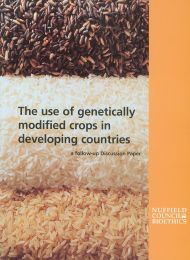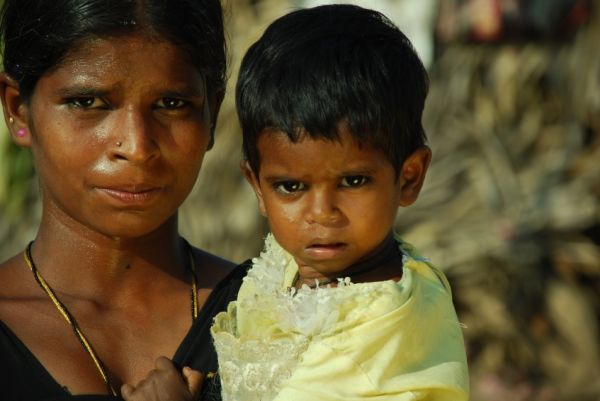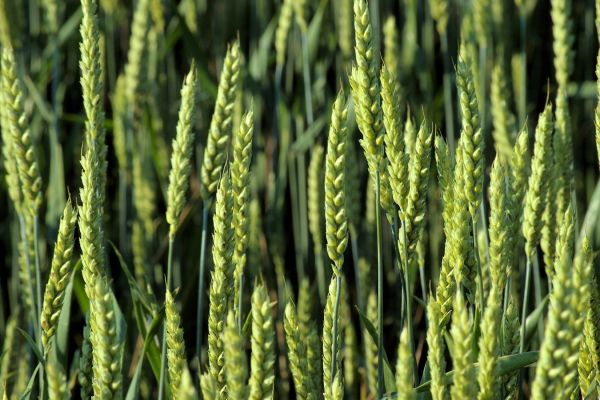The use of GM crops in developing countries
Report
Published 28/12/2003

- 777 million people in developing countries, including one third of the population of sub-Saharan Africa, are undernourished.
- Over one billion people, almost all in Asia and Africa, survive on less than US $1 a day. Over half of these people depend primarily on agriculture for their living. There are approximately 817 million small-scale subsistence farmers in developing countries.
- Estimates of population growth suggest that food requirements are likely to rise substantially in the next 20 years.
- It is predicted that the proportion of the population which is of working age in developing countries will rise. Employment opportunities will also need to increase to provide income and economic growth.
- New varieties of crops introduced in Asia between the 1960s and the 1980s increased crop yields significantly, allowing agriculture to provide food and work for a growing population, and reduce poverty. However, the improvements in crop yields achieved then have now slowed. Additionally, benefits of the Green Revolution failed to reach Africa.

Could GM crops make a difference?
We consider options for increasing agricultural production. One possibility would be to expand areas of farmland. However this is rarely feasible and usually not environmentally friendly. It may involve, for example, destroying forests. The only alternative would be for farmers to find ways to increase yields from the same amount of land. Raising yields of staple crops could provide more food and more employment (and therefore more income to buy food).
However, physical conditions for agriculture are worsening. Farmers are faced with problems of increasing water shortages and ever poorer soils. Conventional cross breeding techniques have been slow to address these problems. There are indications that GM technology will provide new approaches and we review the evidence to assess whether GM crops, directed towards specific agricultural problems, could help to increase crop yields.
Risk assessment: the precautionary approach
It is sometimes argued that GM crops should not be used because of the possibility of an unpredictable adverse effect. The precautionary principle is frequently interpreted to mean that, whatever the possible benefits, a new technology should never be introduced unless there is an absolute guarantee that no risk will arise. However, this restrictive interpretation is essentially impractical. It would mean technologies such as vaccination, aeroplanes and mobile phones, now widely accepted, would never have been allowed.
We conclude
We conclude that an appropriate interpretation is a more flexible precautionary approach. By this we mean that the risks arising from the use of GM crops need to be compared with the risks of other possible courses of action, and of ‘doing nothing’. Introduction of a GM crop may pose fewer risks than exist with the current agricultural system. For example, a GM crop could reduce the amount of pesticides used. The risks of ‘doing nothing’ may often be as great, or greater than the risks of action.

Share